Best Potato Planting and Growing Techniques
The most common work of gardeners throughout the country is growing potatoes in the country. From ancient times, everything went according to the usual scheme: at the right time they plowed or dug a land plot, began to plant tubers, spud and dug. You can continue in the same way, but modern methods appear, the work becomes less laborious and more effective. With the advent of planting and planting machines, new technologies have been developed, such as the square-nesting method. Try different ways of growing potatoes and find the one that works best for your area.
Site preparation
If possible, it is advisable to plant potatoes in a new place every year. Do not make a plantation where nightshade crops, sunflowers, and tomatoes grew in the previous year. Pests and infections that have overwintered in the ground can ruin your work. Pumpkins, root vegetables, cabbage, and especially legumes will be excellent predecessors.
Sow winter to protect the soil from fungal infection oats... In the spring, mow the seedlings and cover the greens in the ground. You can start planting when the soil reaches a temperature of + 8⁰ to the depth of your palm. Usually, in the middle lane, planting begins in mid-May, after the flowering of the bird cherry. There is no need to rush, it is better to tighten the deadline a little, because in the cold earth the tubers will rot or will not germinate for a long time. Consider the location of the field: on the southern slopes the ground warms up earlier, on the northern slopes later.
You need to plow the land to a depth of at least 30 cm. With deep digging, the tubers burrow into the ground, and there will be more starch in the potatoes. The root system of a young plant is very weak and cannot penetrate hard soil. When the site is located on heavy clay, and the digging was shallow, the roots will not be able to develop properly and supply the bush with food.
If you didn't manage to plant the oats on time, plow or dig up the ground in the fall, turning the sod. In the spring, wait for the ground to thaw, then loosen the soil again to kill weeds and break up clumps to lock in moisture. If the soil is too wet, arrange ridges and plant the tubers in them. In dry sandy areas it is advisable to dig planting trenches. On slopes, mark rows across the slope.
The choice of planting material
Depending on the variety of potatoes, the harvest will have to wait from 50 to 120 days. Early ripening tubers contain little starch, not as tasty as the autumn harvest. Calculate how many potatoes you need for the earliest consumption, how much by the beginning of autumn and how much you need for the winter. From an early plantation, you can arrange 2 harvests, only you need to use the tubers first. Varieties of fast ripeness are poorly stored; for winter use, long-maturing species must be planted.
For planting, you need to choose tubers about 50 g, they are the size of a chicken egg. Very small planting material will also grow, but the tubers are unlikely to turn out to be large. Better to select large specimens and cut into pieces, each piece should contain at least 2 sprouts. To protect the sections from infection, treat them with a 1% boric acid solution. All potatoes should be healthy, with no diseased or rotted areas.
Advice
Sometimes there are large tubers that have good sprouts on one side. You can cut off the bud for planting and use the rest of the tuber for food.
Potato planting technology begins with the preparation of the material. For half a month, you need to take the tubers into a warm room so that they begin to sprout.You can vernalize, then the bushes will sprout faster, the harvest will be larger and of better quality. This process takes at least a month. Tear off the white sprouts from the potatoes and spread them in a room with a temperature of about + 15⁰ in a layer of 10-15 cm. Every week, sort out the planting material, remove sick and rotten specimens. Handle the tubers with care, the buds are very fragile and can break off, then it will take a very long time to wait for shoots.
Planting tubers
Before planting, you can moisten the tubers with a solution of trace elements. The bush will be healthier, and the resulting potatoes will contain more starch and ascorbic acid.
Solution composition:
- water - 1 l;
- sulphate copper - 0.7 g;
- boric acid - 0.5 g;
- manganese sulfate - 0.5 g.
There are different ways to plant potatoes outdoors. The most familiar for all summer residents: mark the rows on the plantation. The distance between furrows for varieties ripening in the early stages should be 0.5 m, for late ones - 0.6 m. Bushes should be planted 0.3 m apart. Do not thicken the plantings - this will complicate care, and you will not get a big harvest.
If you want to use agricultural machinery, plant the tubers in a square-nesting way. Mark the holes in the corners of the 50x50 cm squares. When the bushes grow at equal distances from each other, the machine will be able to move both along and across the rows. You can mechanically take care of the potatoes after planting, driving up to the bushes from all sides.
Planting care
The tubers are placed in the ground, now you need to properly care for the plantation. The timing and methods of feeding depend on the variety of potatoes and the structure of the soil. Weak roots take nutrients from the soil poorly, so early ripening varieties need to be fed after germination and during flowering. Longer-ripening species require nutrients during intensive leaf growth and tuber formation. On scanty soils, emphasis should be placed on nitrogen; on fertile chernozems, phosphorus is important. Peatlands require more potassium. Potatoes respond well to the introduction of manure and compost or herbal infusions.
Advice
Potatoes feel great in the company of green manure. Throw a pea, bean, or bean into each hole along with the tuber, and you get 2 crops from one area.
No plant can exist without water. Try to keep moisture in the soil as much as possible, hilling and loosening helps. In case of severe drought, you will have to water the site, just keep in mind that with excess liquid, the tubers will rot. It is advisable to use about 3 liters per bush. After each wetting, loosen the soil and destroy the weeds.Planting should be spud 2-3 times over the summer. Take a hoe and dust the stems with earth on all sides. The procedure should be carried out after rain or heavy watering. Some sources do not recommend spilling potatoes in dry summers; instead, you need to do a few loosening. Much depends on the soil and variety, try different options and pick the best one. If a square-nesting method of planting was used, use walk-behind tractor or other technique.
Planting can infect fungal infections. Diseased bushes need to be dug up and destroyed. They like to eat potatoes Colorado beetle, bear, nematodes. Use appropriate insecticides. The best prevention of diseases and pests will be proper care: loosening, removing weeds. Zoned varieties have good resistance against all sorts of problems.
Dig in the tops 20 days before harvesting. The green part will begin to dry out and give all the starch to the tubers. Dutch technology 10 days before digging, you need to cut off and remove all green parts from the site. Dig out the crop carefully so as not to cut the tubers.Set aside damaged potatoes separately, they must be consumed first, only completely healthy tubers are suitable for storage for long periods.
Try new methods
Traditional methods will not always help you get a rich harvest. Sometimes other methods of planting potatoes in open ground are required. If it is not possible to dig up the area, plant the tubers under the straw. Dig small holes or place the potatoes in rows directly on the ground and cover with a thick layer of hay, straw, or grass cuttings. When the tops begin to stretch over the mound, add the material. Weeds will not grow through a thick layer of grass, planting does not require hilling, and in the fall you can simply lift the hay with a pitchfork and collect the tubers.
If there is little space on the plot, grow potatoes in a barrel. It will be much easier to care for the plantings than in the garden. The technology is not complicated at all.
- Pour 20 cm of fertile soil at the bottom of the tub.
- Place 4 seed tubers on top and sprinkle with soil. You can cut holes in the sides and plant potatoes in them.
- When the seedlings look to the surface, sprinkle them with earth, so repeat several times until the container is 75% filled with soil.
- During cultivation, feed the plants 3 times, water as the soil dries.
- At harvest time, turn the keg over and harvest the tubers.
You can grow potatoes under a film. For this, the prepared and leveled area is covered with black covering material. The canvases are fixed so that they are not carried away by the wind. Holes are cut in the fabric into which the tubers are planted. The film warms the ground and roots, just do not use it in hot regions, so as not to burn the plantings.
There is Meatlider's method - growing in narrow beds. Loosen the planting area well and do not dig aisles. Make beds half a meter wide, arrange a small roller around the edges. You need to plant in 2 rows in a checkerboard pattern. It is not necessary to huddle the plants, caring for the potatoes after planting consists in loosening, weeding and watering.
There is an interesting technology for growing potatoes - the Gulikh method, in which more than 10 kg of harvest can be obtained from one tuber. Each bush is allocated a section of 1x1 m. A roll of manure is arranged in the center, and a tuber is planted inside. Each emerging shoot must be covered with earth, repeat the procedure as the stems grow. Fertilize, water, and get a rich harvest in the fall.
Output
The different ways of growing potatoes are not invented in vain. In Russia, people can do without bananas, corn or melons, but crumbly tubers must be present on the table both in the northern regions and in the middle lane. The country is huge, the relief, soil composition and climatic conditions are very diverse. So that residents of any locality are not left without a crop, various agricultural techniques are being developed for growing potatoes.
Many summer residents have acquired agricultural machinery, no one is surprised by new mechanisms in the country. If you use the square-nesting method of planting, plantation care can be mechanized. In regions with a cold climate, potatoes can be grown under film, in wetlands, tubers can be planted in earthen ridges. There is technology for growing potatoes for both a tiny piece of land and undeveloped soil.
When the tubers are placed in open ground, the planting must be properly cared for. The opinion that any garden bed needs to be hilled is mistaken, sometimes it is better to just loosen and weed the area. It is not necessary to take one technique and completely follow its recommendations, you can use different technologies, combine them. Plants are alive, the owner needs to learn to feel their needs, find their secrets of growing potatoes, then every year he will have a rich harvest.
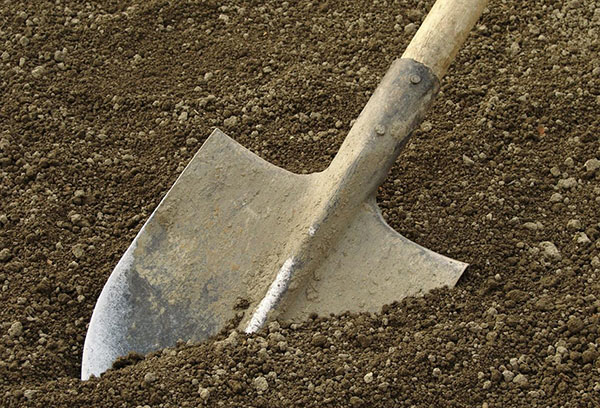
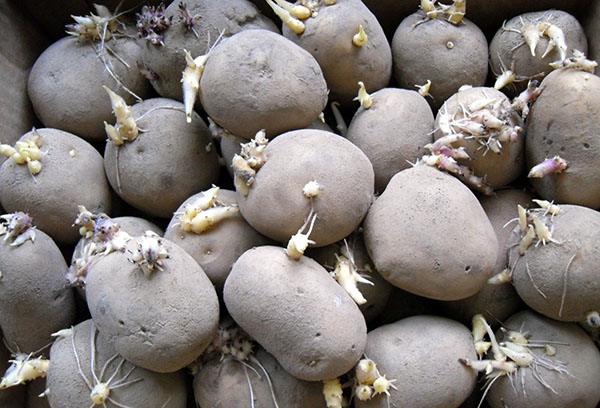
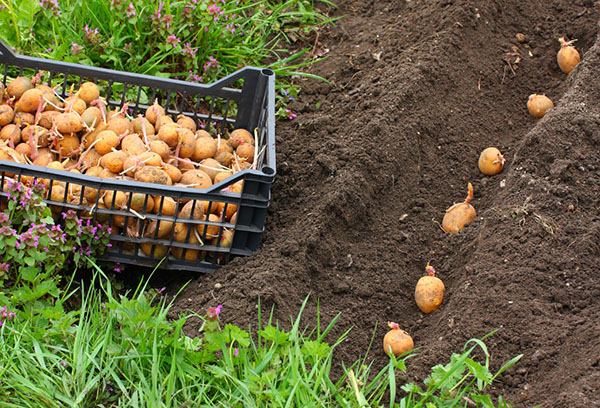
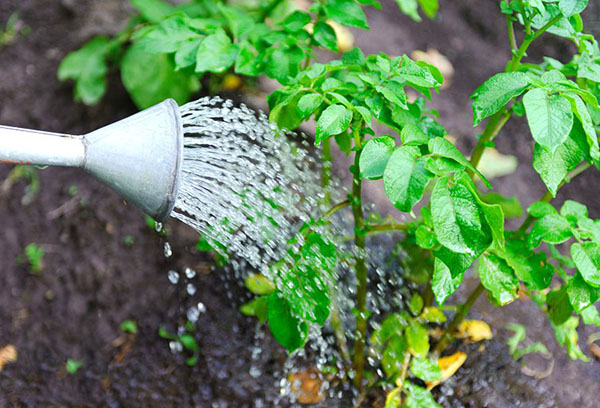
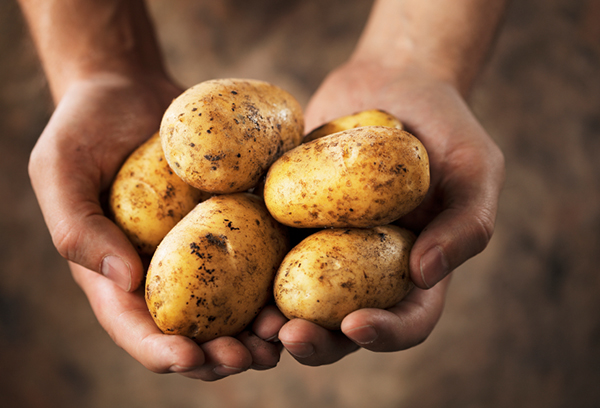
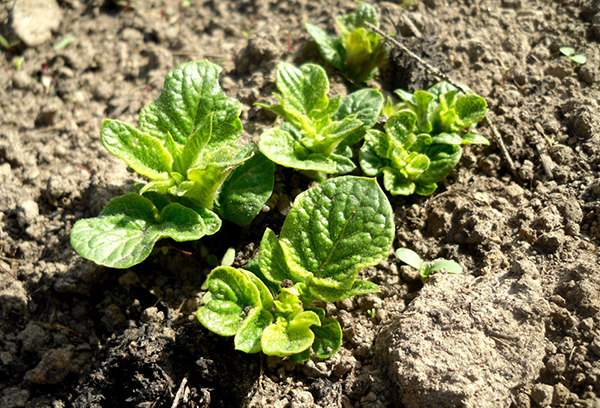




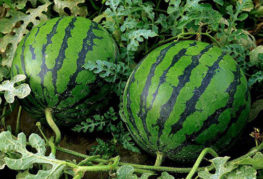

and will be published shortly.